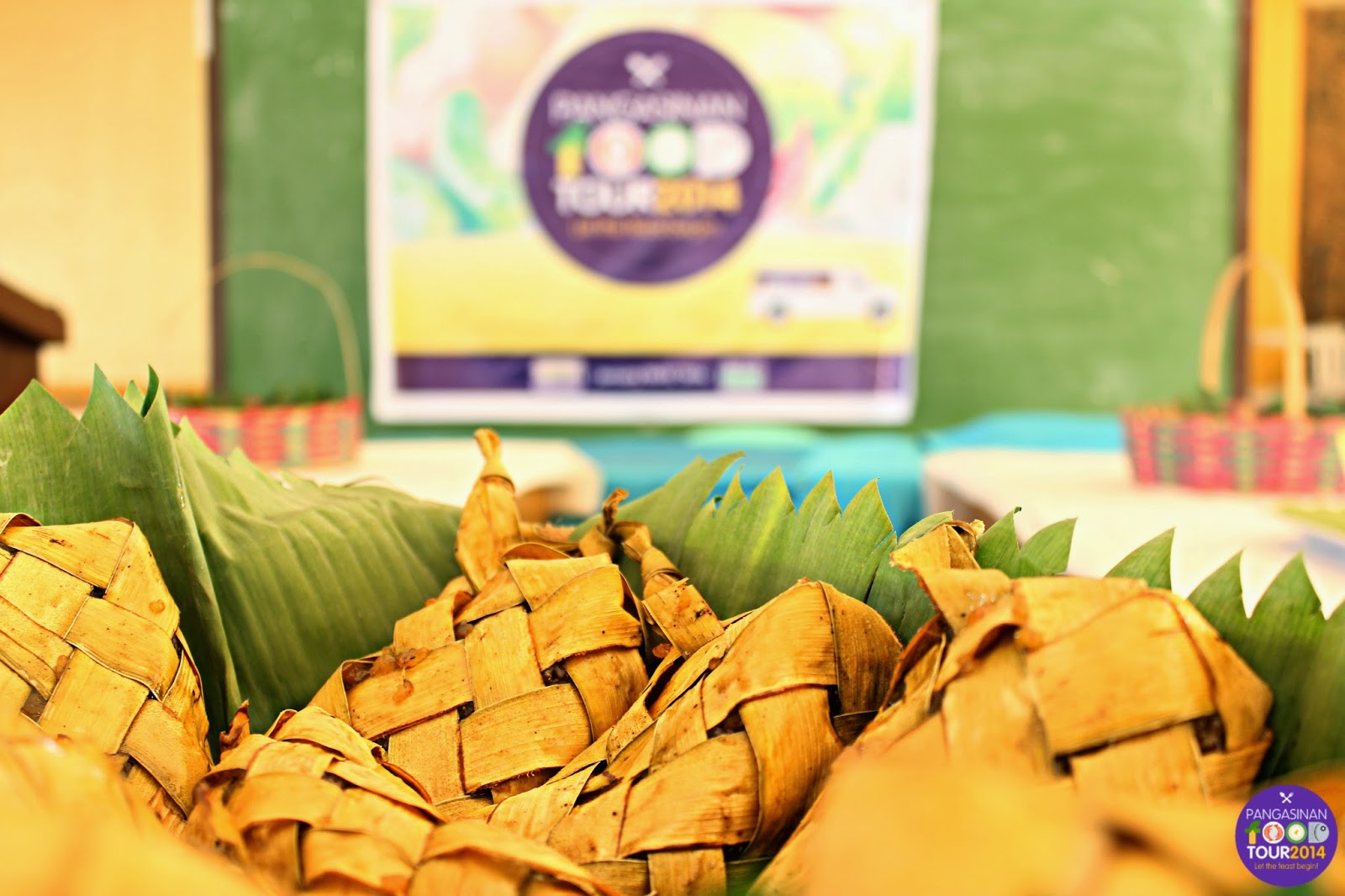Beyond Delicious: A Profile of Eastern Pangasinan’s Food
The Provenance of Veggie Noodles. Noodles may be carbohydrates, but it's unthinkable that we should stop eating them. It would have also been unthinkable if the municipality of Alcala permitted one of their major produce to slip into culinary history.
And since
Alcala noodle is prepared entirely different because of its vegetable dough
mixture (distinctly made from malunggay, saluyot, carrots, squash, and kamote)
and that inviting aroma it exudes after frying, she added that it’s going to
swing some Carb-haters into thinking another way.
Their
products have filled up the market stands and are begging for a new kitchen
experiment. While our usual hearty fall pasta dishes may beckon in the cooler
evenings, taking a break with veggie noodles is a nice way to mix up the
typical pasta routine, or even stunt children who hates vegetables. Veggie
noodles are nutritious food products eaten either as a dry snack or re-boiled
to make wet canton noodles.
This project,
managed by the Chamber of Veggie Product Producers of Alcala (CVPPA), was
organized by the Municipal Social Welfare and Development Office with the DSWD
FO who later conducted an SEA-K mandatory training. It served as employment
assistance to pursue a sustainable livelihood venture tailored to the needs of
its locality especially the women. Training
expenses and capital assistance were shouldered by the LGU.
“Everything
you see I owe to the noodles”, said Malou Cabongosan, one of the bakers who
welcomed us with vigor and a glaring smile.
“We tremendously learned the nitty-gritty of
producing homemade veggie noodles from the trainings they provided us,” said
Malou.
With its continuing advocacy on food products with high nutritional content and increasing preference for healthy foods, the local demand for the veggie noodles has increased. In fact, they’ve also ventured in pastry making, and are enjoying brisk sales of their inexpensive yet very nutritious baked goods—including pan de sal, pan de coco, and a lot more. They supply snacks in day care centers in all the 21 barangays of Alcala.
Hits
from the Pasalubong Tupig and Cow milk. What will stick with
me about Laoac, aside from its
delectable fragrant treats are the faces of the people I met in the sugarcane
mill. The mix of hopefulness and pain in their faces is something I will always
remember.
Laoac is the
youngest municipality in Pangasinan. It is, as far as I can tell, an enviable
community. Everything—from the corn field stretch, accompanied by long
afternoon naps because it was silent; it has a magical beauty and it got me.
At one point, one
young man who was helping storm the sugarcanes talked me into eating one. “This is the taste of freedom”, he said,
joyously, un-ironically—and with considerable pride. There was something
beautiful in that, but deep. And I would never understand lest I experience his
life myself.
The town is known
for its famous tupig and patopat—rice cakes that have been
traditional desserts for most Filipinos during New Year’s Day and
town festivals in Ilocandia Region. They’re made from malagkit (glutinous rice flour), coconut, and molasses, wrapped,
and baked over live charcoal. The difference, however, comes in the
preparation and taste.
Not far away from
the sugarcane mill is Barangay Maraboc, where Fresh Cow’s Milk dairy farm
stands. It houses at least 300 heads of dairy cows that supply 4,500 – 5000
liters of fresh milk a day.
The farm manager
said that 90% of their milk needs are imported, thus siphoning a big chunk of
dollar and foreign reserves. The cow feeds essentially comprise of corn which is
produced in the Philippines just once a year. The corn, from stalks to leaves,
are chopped and placed in the silos to be fermented to become good food for
cows. These silos were the first of its kind in the Philippines.
He added, “We are not only looking into the potential
of a milk industry around the place; it can also be a tourist attraction being
the first dairy farm in Northern Luzon which could entice other businesses in
its vicinity like restaurants and eateries.”
Laoac’s illustrious products didn’t only grace the photo
halts but the food tour team as well. Their smiles were brought about by the
bounty of fares and stories shared.
Pangasinan Food Tour
2014 is an adventure
of discovering the best and unique dishes in the province, spearheaded
by Google Business Group (GBG) Pangasinan and Dagupan chapters.
(John Louie dela Vega) FOCUS











0 comments:
Post a Comment